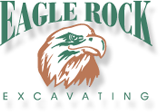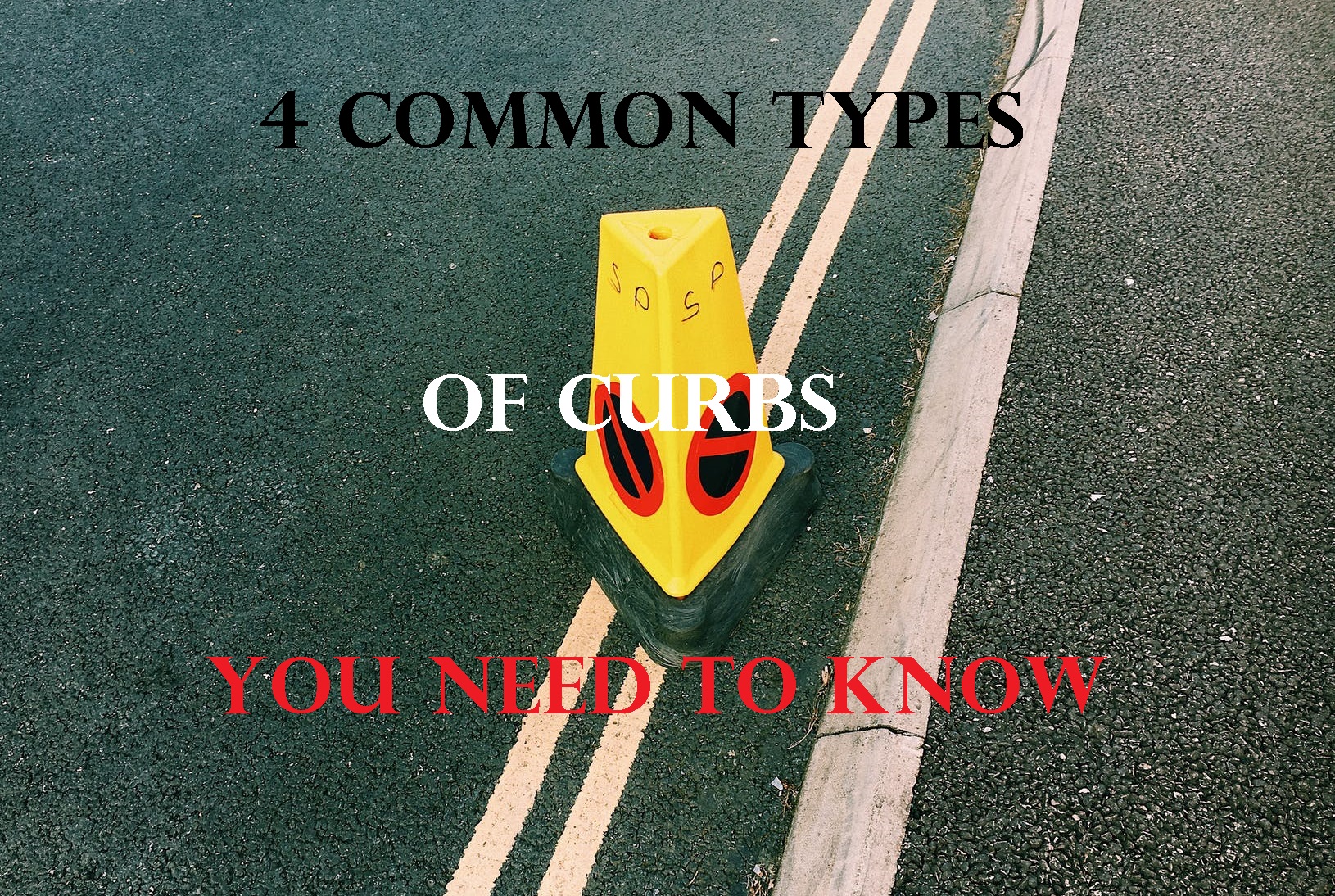Curbs have various purposes. They are useful for different types of people. For example, they separate the road and roadside for pedestrians and drivers. For drivers, they serve as guides for driving and parking. Meanwhile, for pedestrians, they act as a safe area to walk.
If you are planning a construction project, you have to identify the most appropriate type of curb you can use. Below are four of the common types and the corresponding uses.
1. Flush curb
A flush curb is leveled with the area surrounding. There is no height difference between the curb and the road, parkway, or carriageway. This means that flush curbs are used to allow easy crossing and access of carriages, wheelchairs, strollers, and other carriers with wheels. It is the right answer for mobility issues and concerns.
This type of curb also supports the pavement and leads stormwater to drainage. Vehicles can still park on the curb. If you choose to use this type of curb, make sure that you pair it with an open drainage system with swales.
2. Vertical curb
These types of curbs are steep faced meaning they act as barriers between the cars or pedestrians and the pavement. Their design is meant to discourage or even stop vehicles from leaving the roadway and stepping on the pavement. They are considered the most durable type of curb.
Also, vertical curbs are effective in drainage control. In areas where there is snow, the curbs protect the grass from any damage that could be caused by snowplows. One problem with this type of curb is that they are costly to construct. For visual purposes, you might want to spend on expensive materials such as granite or Belgian block.
3. Extruded bituminous curb
Extruded bituminous curbs are found in areas with low traffic. They are much cheaper than vertical curbs because they are just bounded to the surface. However, they are less durable because they do not support the pavement as other types of curbs do.
These types of curbs can be used to enclose landscaped areas and parking lots. They keep dirt and other debris from going to the pavement. They can get damaged easily by vehicles running over them.
4. Mountable curb
Also known as roll curbs, have slanted faces to allow vehicles to cross without damaging the wheels. They can be used for driveways so cars can cross from the road to the driveway and garage easily. Constructing driveways
Shopping carts, strollers, and bicycles would also benefit from this type of curb. Mountable curbs have also been used for the drainage of water. These can facilitate the flow of water from the walkway to the gutter.
Closing
Curbs are often dismissed and forgotten. However, they serve important functions for road safety and operations. Knowing which type of curb is appropriate for your project is essential because not all curbs are the same. Contact us if you wish to know which curb is apt for your area and your project specifications.

